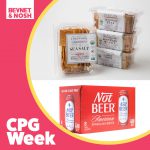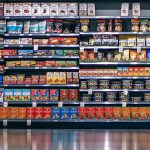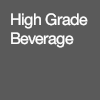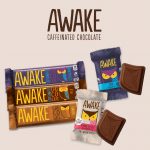Hershey Co. Sweet on ‘Smart Snacking’ and Transparency

Emphasizing environmental and nutritional transparency for the labels and ingredients in both its chocolate and snacking lineups, the confectionary giant announced in a press release Friday a sweeping set of changes from sourcing to packaging that the company hopes will give consumers more choices.
Hershey announced that by 2020, all of its “everyday chocolate products” will be made with “simple ingredients,” with no artificial preservatives, no artificial flavors, no artificial sweeteners, and colors from natural sources. The company said it will purchase 100 percent of all of its cocoa from certified and sustainable sources as well. Hershey also noted plans to bring the nutrition information and portion sizes of all its products to front-of-pack by the end of 2018, and to reformulate some products’ standard- and king-sized editions to have 200 calories or less by 2022.
“Consumers are at the heart of all that we do and we have been at the forefront of providing the choice and transparency they want,” Jeff Beckman, Hershey’s Director of Communications, told NOSH. “This commitment provides clear information along with a wider range of portion options to help them make informed choices that fit their lifestyle.”
Currently, only about 31 percent of the company’s standard- and king-sized confectionary items fall under the new 200 calorie standard. After the changes, Hershey’s hopes to raise that total to roughly 50 percent. The brand will also adjust its packaging to make king-sized products that don’t hit this standard easier to divide into smaller portions.
Though there are steep costs associated with reformulation, Beckman said Hershey plans to invest in order to deliver on its commitments. He said there are currently “no plans to change the pricing” of Hershey products.
The new transparency goals also affect the company’s innovation pipeline. Beckman said he expects many of the company’s upcoming product launches to meet the 200 calorie threshold and “play an important role in meeting this new commitment.”
The company’s acquisition strategy will also reflect this mission. Within the past decade, Hershey’s has added Brookside, Krave and Barkthins.
“The move beyond classic confection and into more protein and savory snacking gives us permission to show up in new spaces at retail,” Beckman said. “Our products are now moving beyond the candy aisle and our expanded offering gives us a bigger portfolio to bring to our retail customers to help drive their success.”
This isn’t Hershey’s first foray into conscious confectionery. In 2013, it began sourcing sustainable cocoa for some of its products such as Hershey’s Kisses, Brookside and Kit Kats. In fact, Beckman said the company is on track to source 75 percent of its global cocoa supply from certified and sustainable sources by the end of 2017. In 2015 it announced that it was cleaning up the ingredients in more than 80 brands to better meet consumers’ changing expectations. As part of this initiative, the company launched Hershey’s Simply 5, a five-ingredient version of its classic chocolate syrup.
Hershey is also embracing new technology to meet its commitments to cleaner labels and ingredients. In 2015, the company partnered with SmartLabel on some of its products, providing consumers detailed online product and nutrition information. Hershey said it plans to expand that platform in 2017 so that 100 percent of its products will have that information available online and via QR codes on package. The company also recently launched an interactive tool, Sourcemap, which enables consumers to trace the origins of main ingredients within Hershey’s milk chocolate with almonds bar and Reese’s peanut butter cups.
Still, Hershey’s is sweet on its indulgent roots. Beckman said Hershey will not stray away from the tastes and textures consumers know and favor, but rather evolve their communication about those products.
“We believe we have a responsibility to support those choices by giving consumers the information they need to know about what they’re eating, offering a range of choices for portion sizes and communicating with full transparency about our broad range of delicious snacks,” he said. “Even as we pursue these changes, maintaining the great taste of our delicious products that consumers know and love is job one.”












